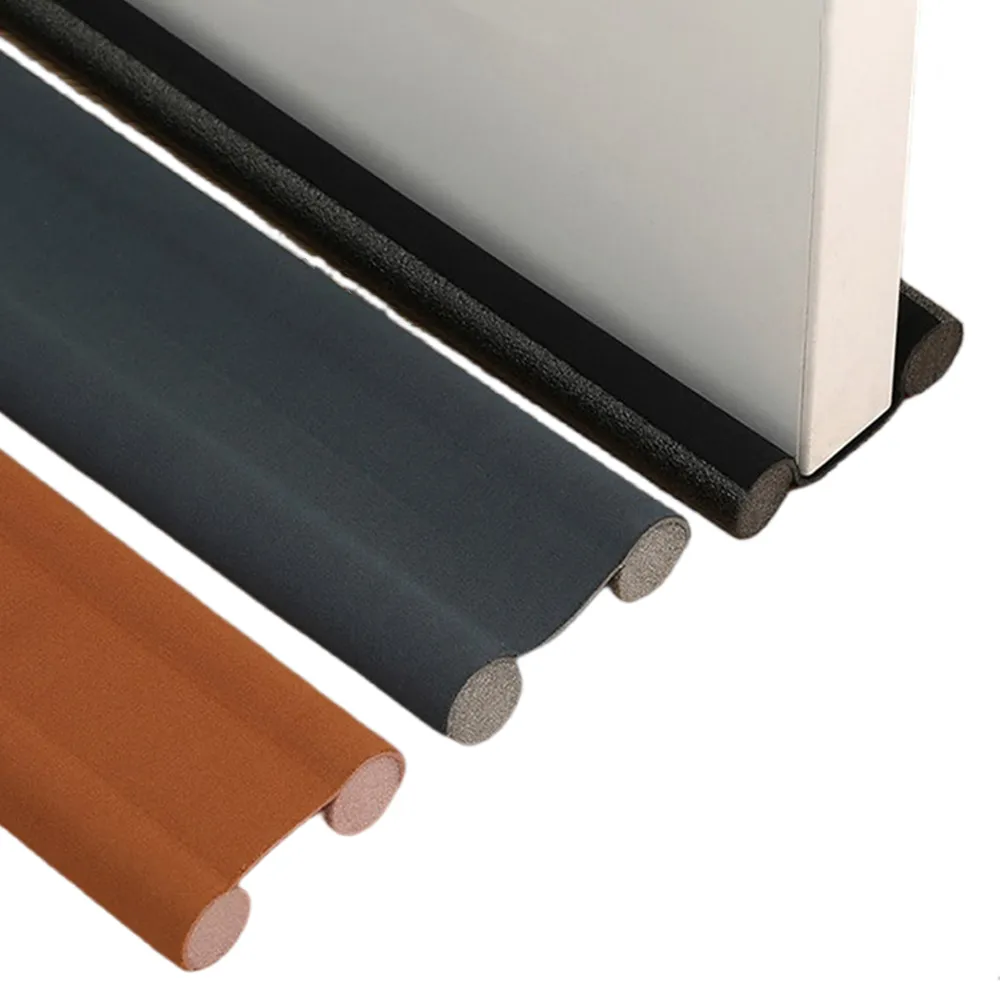garage door bottom foam seal
Understanding Garage Door Bottom Foam Seals Importance and Installation
A garage door is more than just a point of entry into your home; it's also a barrier against the elements, intruders, and pests. While the door itself plays a significant role in providing this protection, the often-overlooked component is the garage door bottom foam seal. This simple yet effective accessory can have a profound impact on the comfort and safety of your garage and home.
What is a Garage Door Bottom Foam Seal?
A garage door bottom foam seal is a strip of foam that is attached to the bottom edge of the garage door. This seal acts as a gasket, filling the gap between the door and the floor. It serves multiple purposes, including preventing drafts, keeping out moisture, and blocking pests and rodents from entering the garage. The foam is typically made from durable materials that can withstand wear and tear, providing long-lasting protection.
Benefits of Using a Foam Seal
1. Energy Efficiency One of the most significant advantages of a garage door bottom foam seal is its ability to enhance energy efficiency. By sealing the gap at the bottom of the door, you can significantly reduce heat loss during winter and keep your garage cooler during summer. This not only makes the garage a more comfortable space but can also lower your energy bills as your heating and cooling systems won't have to work as hard.
2. Protection Against Moisture Moisture can lead to various problems, including mold growth, rust, and damage to stored items. A foam seal creates a barrier that prevents water from seeping into the garage during rainstorms or snowmelt, protecting your belongings and the structural integrity of the garage itself.
3. Pest Control Rodents and insects are always on the lookout for shelter, and a gap at the bottom of your garage door provides them with easy access. Foam seals effectively block these entry points, reducing the chances of infestations and keeping your home safe from unwanted guests.
4. Noise Reduction If your garage is adjacent to living spaces, you may find that noise from the outside can be bothersome. A foam seal can help dampen sounds entering through the gap, creating a quieter environment both in your garage and home.
How to Install a Garage Door Bottom Foam Seal
garage door bottom foam seal

Installing a garage door bottom foam seal is a straightforward process that requires minimal tools. Here’s a step-by-step guide
1. Measure the Door Start by measuring the width of your garage door to determine how much foam seal you will need.
2. Choose the Right Foam Seal Select a foam seal that suits your needs in terms of thickness and material. You can find various options at home improvement stores.
3. Clean the Surface Make sure the bottom edge of the garage door is clean and free from debris. This ensures that the seal adheres properly.
4. Cut the Foam Cut the foam to the measured length of the garage door, leaving a little extra for a snug fit.
5. Apply Adhesive If the foam seal is not self-adhesive, apply a strong adhesive to the back of the foam before attaching it to the door.
6. Attach the Seal Press the foam seal firmly against the bottom edge of the door, ensuring it covers the entire width. If necessary, use additional adhesive to secure it in place.
7. Test the Seal Once installed, close the garage door to check for any gaps. Adjust the seal as needed to achieve a snug fit.
In conclusion, a garage door bottom foam seal is an essential yet often neglected component of garage maintenance. By investing in this simple solution, you can enhance your garage’s energy efficiency, protect against moisture and pests, and enjoy a quieter environment. Installation is quick and easy, making it a worthwhile addition to any garage.
-
Under Door Draught Stopper: Essential ProtectionNewsJul.31,2025
-
Garage Door Seal and Weatherstrips for ProtectionNewsJul.31,2025
-
Edge Banding Tape for Perfect EdgesNewsJul.31,2025
-
Table Corner Guards and Wall Corner ProtectorsNewsJul.31,2025
-
Stair Nose Edging Trim and Tile Stair SolutionsNewsJul.31,2025
-
Truck Bed Rubber Mats for Pickup BedsNewsJul.31,2025
-
Window Weather Stripping for Noise ReductionNewsJul.29,2025